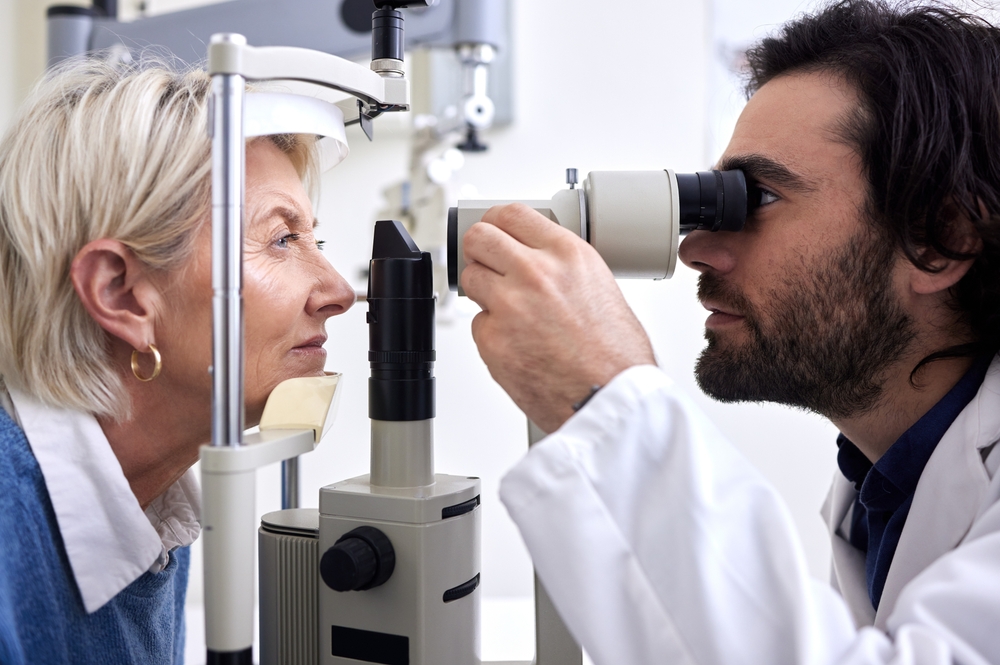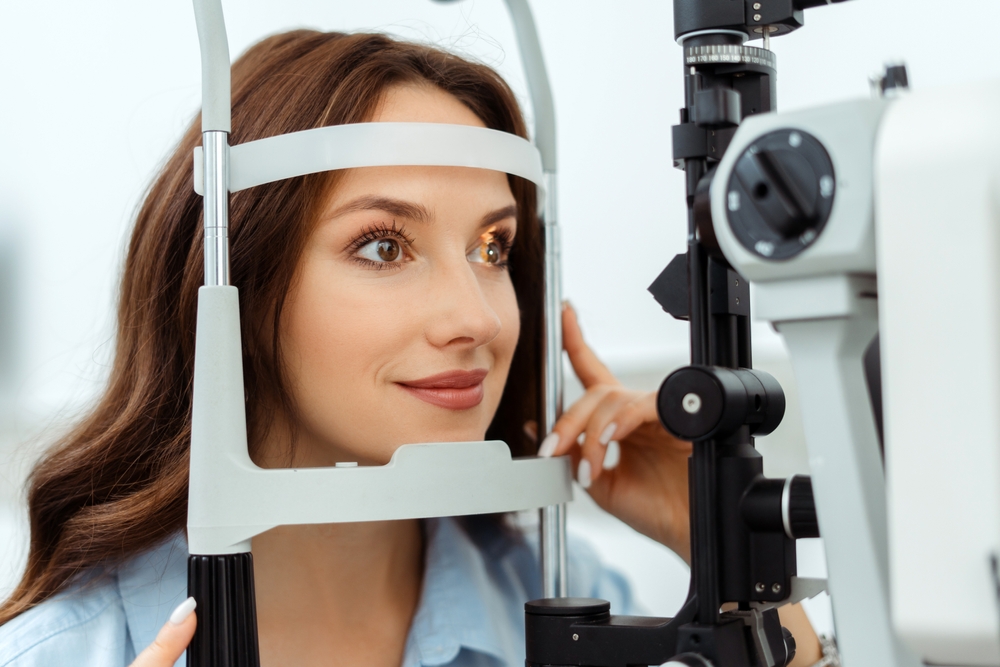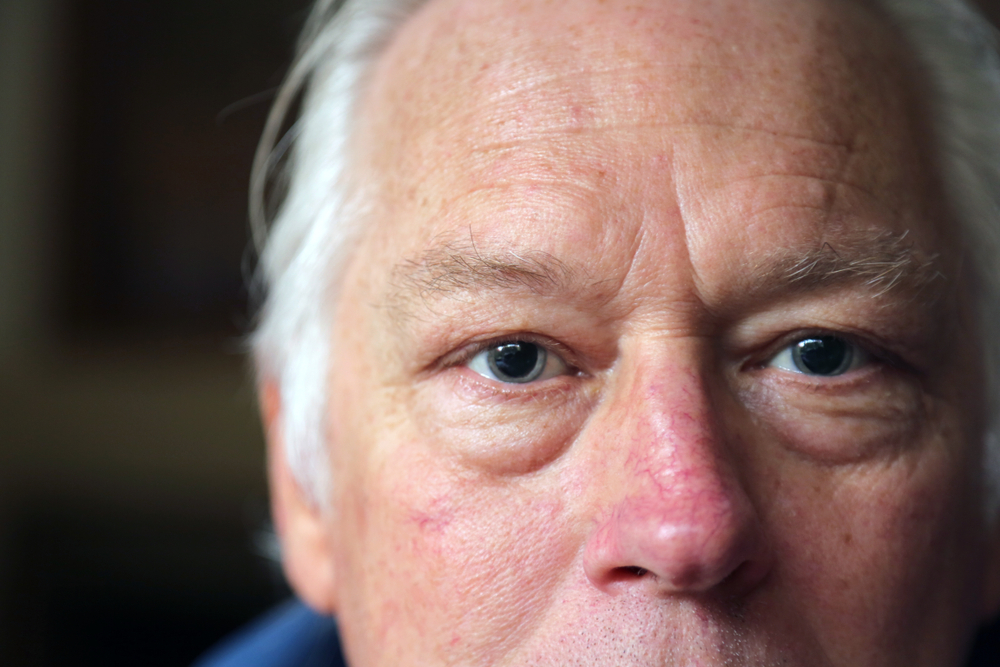Should I Get an Eye Exam if I Have No Vision Problems?
02/14/2024
If you have never needed glasses or contacts, you may not have considered visiting an eye doctor. Many people delay comprehensive eye exams until they notice changes in their vision.
While you should definitely get an eye exam if your vision has changed, that shouldn't be the first time you see an eye doctor. Your eyes need routine care, just like the other parts of your body.
Getting periodic comprehensive eye exams allows your eye doctor to monitor the health of your eyes and address any issues before they affect your vision. Keep reading to learn more about eye exams and why it's important to visit your eye doctor!
When Should I Get Comprehensive Eye Exams?
The American Academy of Ophthalmology has suggested guidelines for eye screenings for young children and adults. If you are a parent, you can learn more about the pediatric recommendations by talking to your child's pediatrician. 
The AAO suggests that adults with no vision problems should have a complete eye exam by an ophthalmologist once in their twenties and twice in their thirties. Once you turn forty, you should schedule a comprehensive eye exam, and you should consider having exams every year at that point.
The risk of eye conditions such as glaucoma, macular degeneration, and cataracts starts to increase after the age of forty. These conditions may not cause symptoms in their early stages, but your eye doctor can detect them during an exam.
Early treatment and ongoing monitoring can help you prevent vision loss later on.
Special Circumstances
You may need regular eye exams sooner than age forty. Anyone who wears glasses or contacts should see their eye doctor every year to make sure their prescription is up to date.
You should also visit an eye doctor if you notice vision changes. You may need glasses or contacts, even if you have not needed them before.
People with diabetes are at increased risk of a condition called diabetic retinopathy. Diabetes can cause damage to the blood vessels in the retinas, which can lead to scarring and vision problems.
If you have diabetes, talk to your doctor about how often to see an eye doctor. If you experience sudden vision changes, eye pain, blurry vision, floaters, which are dark spots that move across your vision, or eye redness and discharge, contact an eye doctor right away.
You may have an eye injury or infection that requires treatment.
Is it time for you to have a comprehensive eye exam?
What Happens During a Comprehensive Eye Exam?
When you have a comprehensive eye exam, your eye doctor will check the overall health of your eyes and test your vision. The tests are all non-invasive and cause no discomfort.
The whole exam usually takes under an hour. During the exam, your eye doctor will perform various tests, such as:
 Tonometry
Tonometry
Glaucoma is an eye condition that is caused by increased eye pressure, which can damage the optic nerve. Untreated, it can lead to vision loss or blindness.
Your eye doctor will use a test called tonometry, which can assess your eye pressure levels. Your eye doctor will give you numbing eye drops that contain a special dye and then have you look into a device that uses a blue light to measure eye pressure.
Glaucoma can be treated using medication and eye drops. Advanced glaucoma may require surgery.
Ocular Motility Assessment
Your eye doctor will check your eyes' ability to move and see how well they move together. Eye misalignment can occur in adults and lead to difficulties with vision and focus.
Thyroid disease or a history of orbital trauma can increase the risk of motility problems. Special glasses can help correct misalignment.
Visual Acuity Testing
Visual acuity testing checks how well you can see objects at different distances. The test is simple: you just need to read an eye chart.
Visual acuity determines whether you need glasses or contacts.
Refraction
Refraction is how your eye doctor determines what your glasses prescription will be. Using non-invasive tools called a phoropter and retinoscope, your eye doctor checks your vision with different degrees of correction to find the best one.
Refraction can also help your eye doctor spot early signs of eye disease such as cataracts, dry eye, or keratoconus.
Dilation
One of the best tools for examining the entire eye is using a device called a slit lamp, which is a specialized binocular microscope, to look at the entire structure of the eye. Your eye doctor will use special drops to dilate the pupil, then place the slit lamp in front of the eye.
This part of the exam can help your eye doctor identify issues such as:
- Corneal disease
- Cataracts
- Glaucoma
- Retinal issues
- Dry eye
- Eye infections
If your eye exam reveals vision problems or issues with your eye health, your eye doctor will discuss your treatment options with you.
Is it time for you to have an eye exam? Schedule an appointment at Carroll Vision Center in Westminster, MD, today!



